A five-month-old boy from the UK is in critical condition in a hospital after suffering a cardiac arrest at a theme park. This has put the spotlight on heart ailments among the young. How prone are children and toddlers to cardiovascular diseases? read more
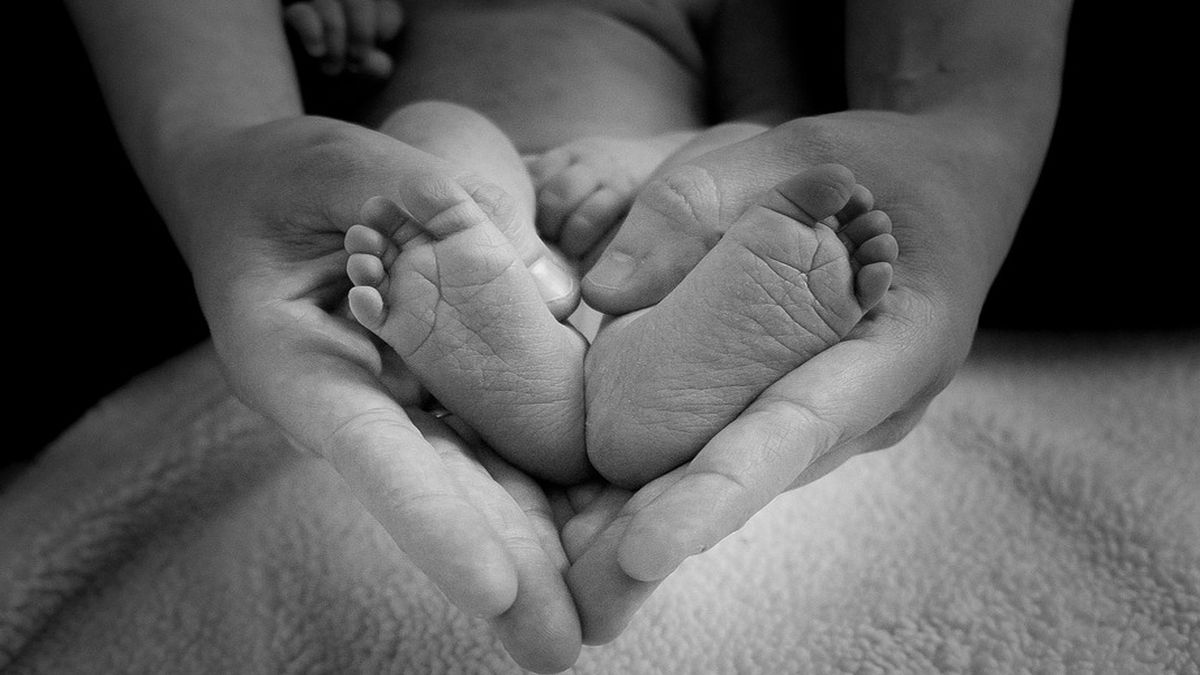)
Cardiac arrest in children is rare but it can happen. In the UK, a five-month-old is critical in the hospital after suffering a cardiac arrest at a theme park last Thursday. Image used for representational purposes/Pixabay
Heart health is one of the most discussed topics in the world of medicine. In 2019, coronary heart disease was known as the world’s single biggest killer. However, when one discusses heart diseases, we most often refer to men or women being victims of it.
However, a recent incident has thrown the spotlight of heart diseases, namely cardiac arrests, in small children, even as young as just few months old. Last Thursday (2 May), a five-month-old boy suffered a cardiac arrest at Legoland Windsor Resort in the United Kingdom. While the baby is in critical condition in hospital, a 27-year-old woman has been arrested on suspicion of neglecting a child to cause unnecessary injury.
We take a closer look at how prominent is the problem of cardiac arrests in children and the reasons behind it.
Cardiac arrest in the young
On 2 May, a five-month-old boy suffered a cardiac arrest while he was at Legoland Windsor in the UK. According to authorities, he is still in a critical condition in hospital.
Detective Con Zoe Eele, of Thames Valley Police’s Child Abuse Investigation Unit, was quoted as telling the BBC: “Firstly, our thoughts are with the family of the boy who is in a critical condition in hospital after suffering a cardiac arrest.
“We are working closely with the team at Legoland Windsor Resort but would like to speak to anyone who have information about this incident, specifically anyone who was queueing for the Coastguard HQ boat ride between around 11.30am and 12:45pm. I would ask for the public to please avoid speculation about the incident and to respect the boy’s family at this deeply upsetting time.”
And the case of the five-month-old isn’t a single incident. Earlier in January, a five-year-old girl died in Uttar Pradesh’s Amroha of heart failure while watching cartoons on her mother’s phone. Her medical reports later confirmed that her death was caused due to a sudden heart attack.
Back in May last year, a 16-year-old boy from India’s Telangana was out shopping when he experienced chest pain and collapsed; he was immediately taken to a local hospital. Unfortunately, he passed away.
Experts note that while sudden cardiac arrests (SCA) among children and the young are rare, it does happen. In fact, according to Children’s Hospital of Philadelphia, each year, SCA claims the lives of over 2,000 children and adolescents in the US and accounts for approximately three-five per cent of all deaths in children aged 5-19 years. It is also responsible for 10-15 per cent of sudden unexpected infant deaths.
Weak hearts of the young
But what’s causing young children to suffer sudden cardiac arrests ? Doctors note that in young people, sudden cardiac death is most often genetic or congenital in nature. Acquired forms of heart disease that lead to sudden cardiac death are rare but possible.
As per a report in Medical News Today, one of the most common causes of sudden cardiac arrest in young people is hypertrophic cardiomyopathy (HCM). This occurs when the walls of the heart become thicker and stiffen, which decreases the amount of blood that can flow through the heart – this structural problem can lead to dangerous arrhythmias and even cause cardiac arrest.
Irregular heart rhythms (arrhythmias) can also lead to SCA, say experts, adding these happen when the electrical signals in the heart are delayed or blocked. Some examples of paediatric arrhythmias include long QT syndrome (LQTS) and Wolff-Parkinson-White syndrome. In LQTS, which patients suffer fast and chaotic heart rhythm, whereas Wolff-Parkinson-White syndrome is when the electrical pathways in the heart malfunction.
Other coronary artery abnormalities can also cause SCA among children.
As Dr Sandeep Gore, Department of Emergency Medicine, Fortis Hospital in Mumbai, was quoted as saying that while cardiac arrests are extremely rare, children can indeed suffer from them, particularly if they have congenital or acquired heart diseases or have experienced chest trauma.
Symptoms to watch out for
Unfortunately, as the name suggest, sudden cardiac arrest in children has no warning signs. However, some of the children who have undergone this experience, say that they complained of shortness of breath, fainting and chest pain.
Sadly, people often dismiss the symptoms as minor.
Also read: Can you exercise yourself to a cardiac arrest?
Prevention is better than cure
Medical experts note that with the right precautions, the risks of SCA can be negated. Doctors say it’s mandatory that parents take their little ones to a paediatricians for check-ups. Ensure that full examinations and tests are taken to help identify risk factors that may contribute to SCA.
In case, the child is engaging in sports, ensure that the child undergoes a thorough physical exam. This is another opportunity for their doctor to spot heart problems.
Also, in case, a child does suffer from SCA, adults should be aware of what to do — call for help and perform high-quality cardiopulmonary resuscitation (CPR). However, because of the difference in weight and body size, the techniques for performing CPR are different when responding to infants, children, and adults.
With inputs from agencies

 4 months ago
12
4 months ago
12

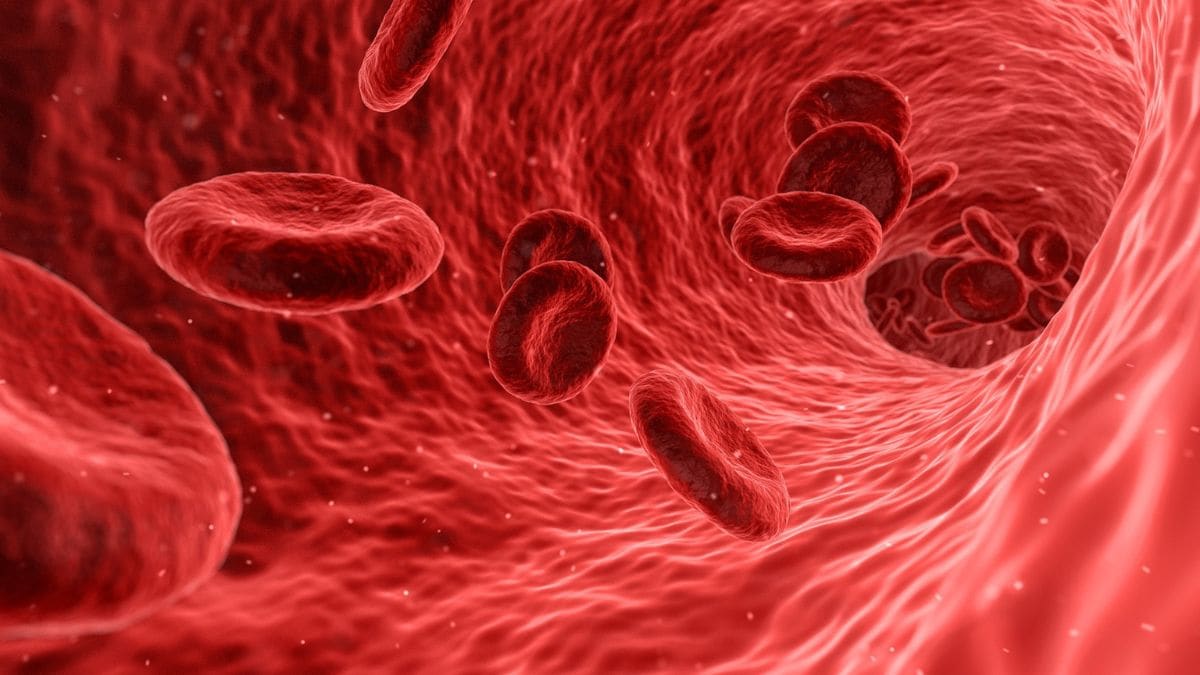
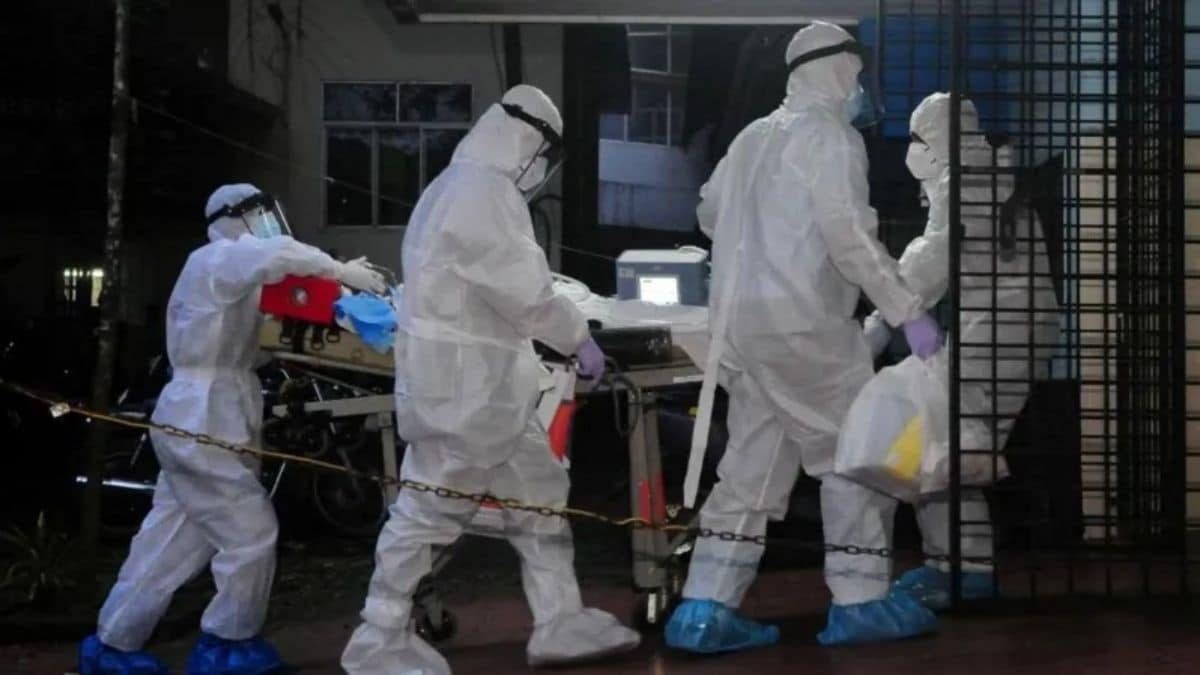
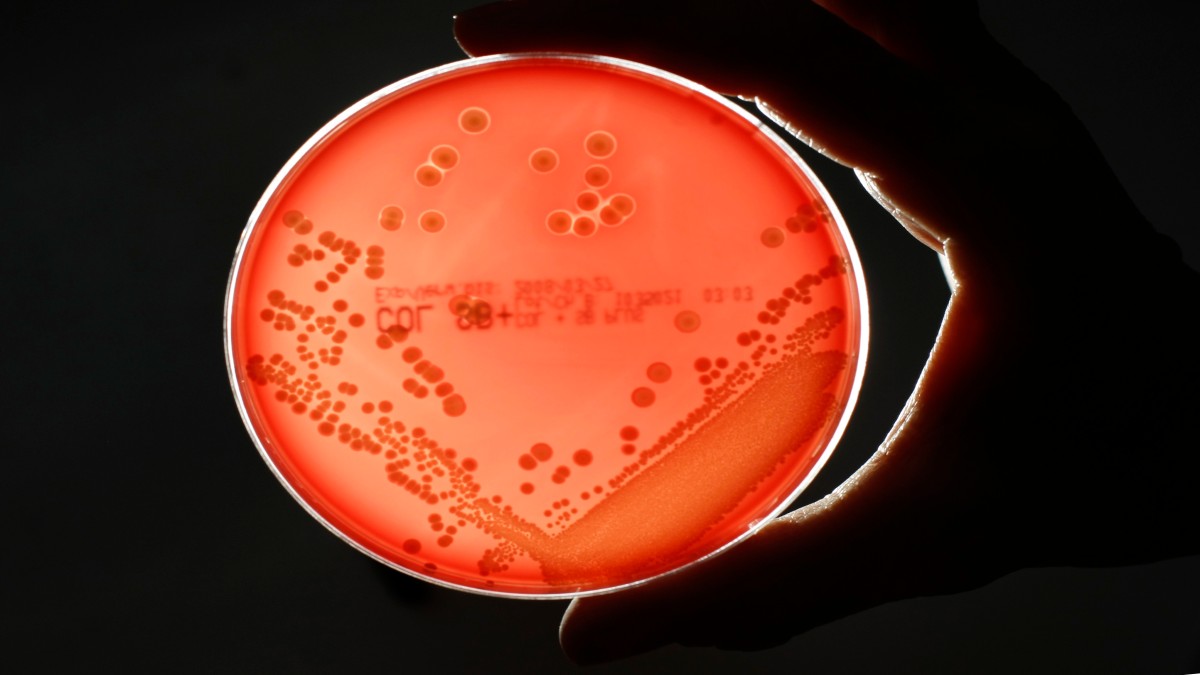
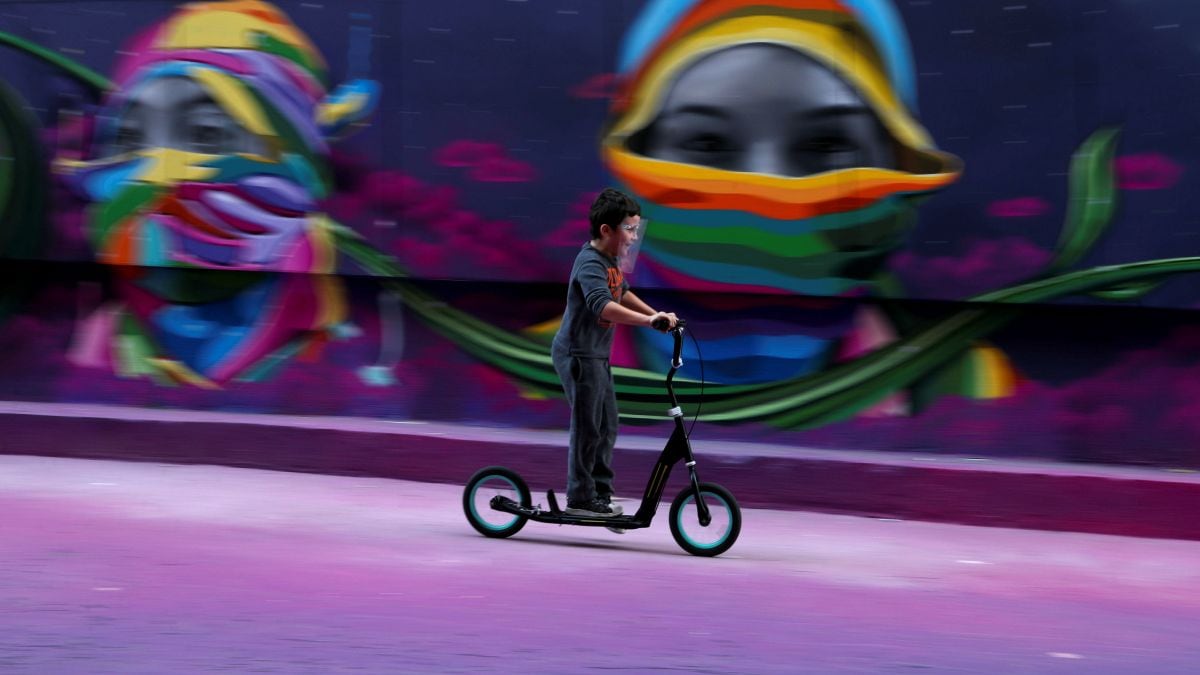




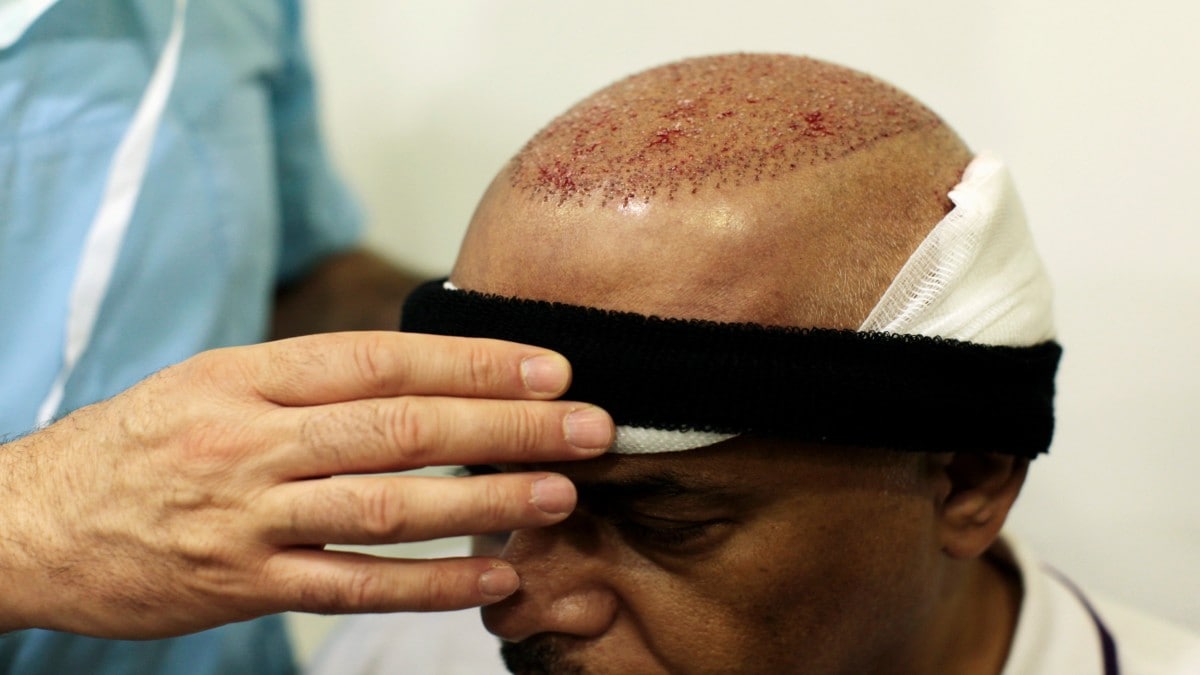




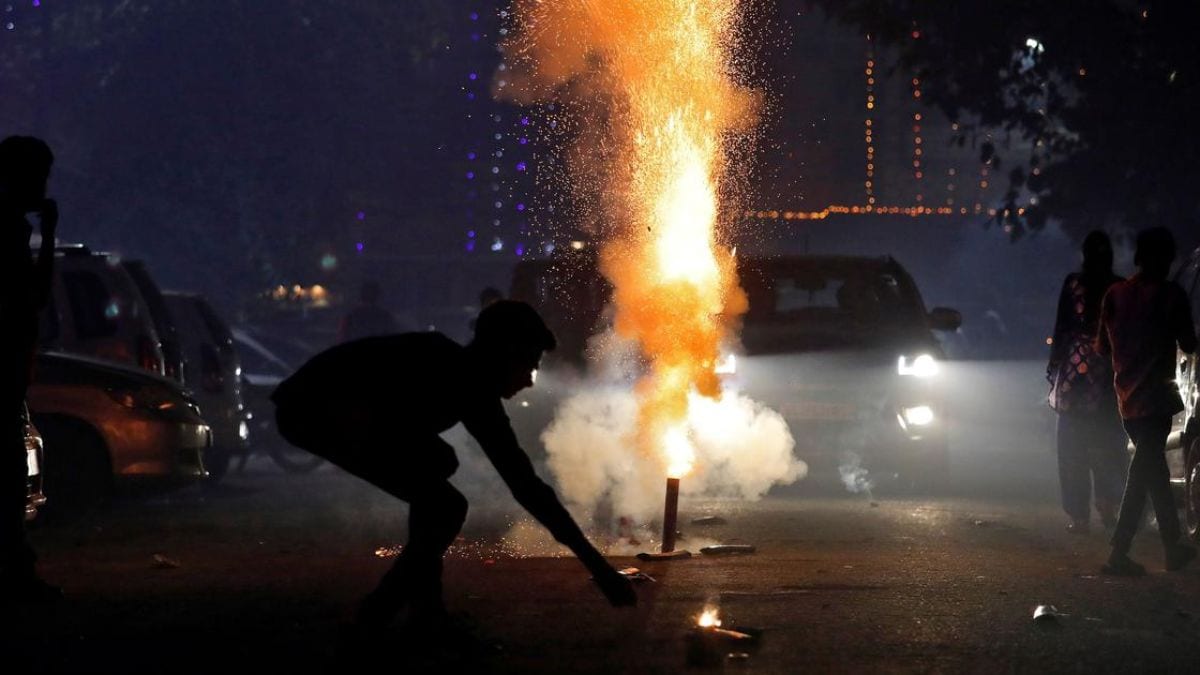
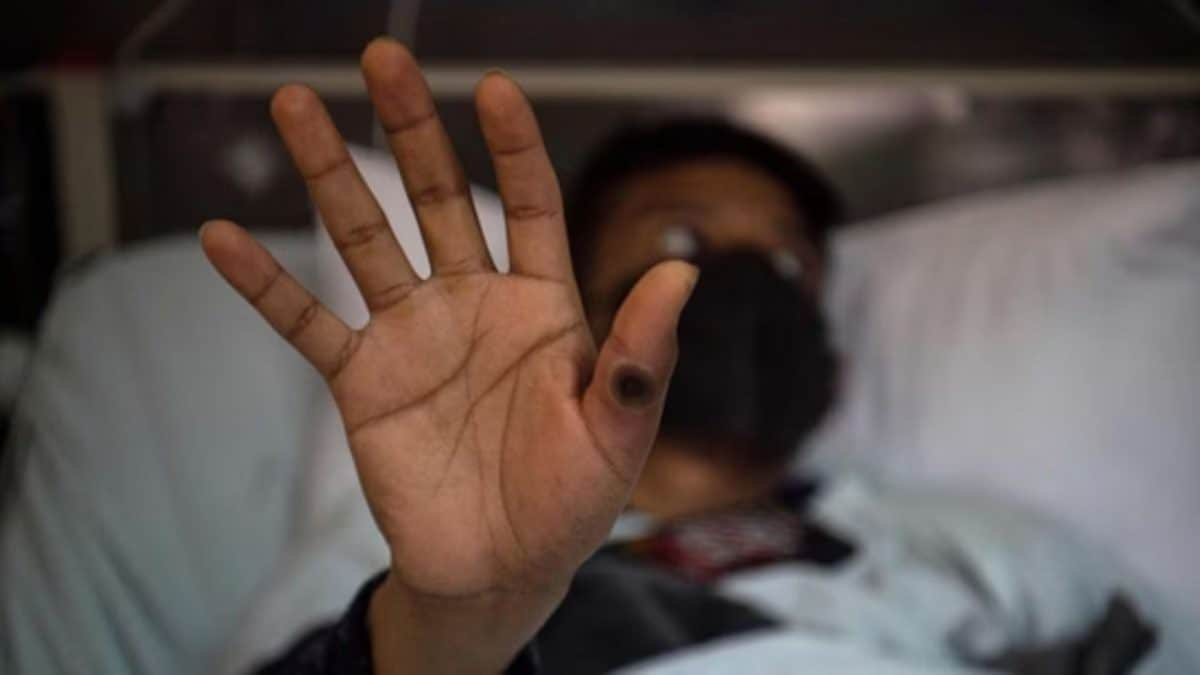
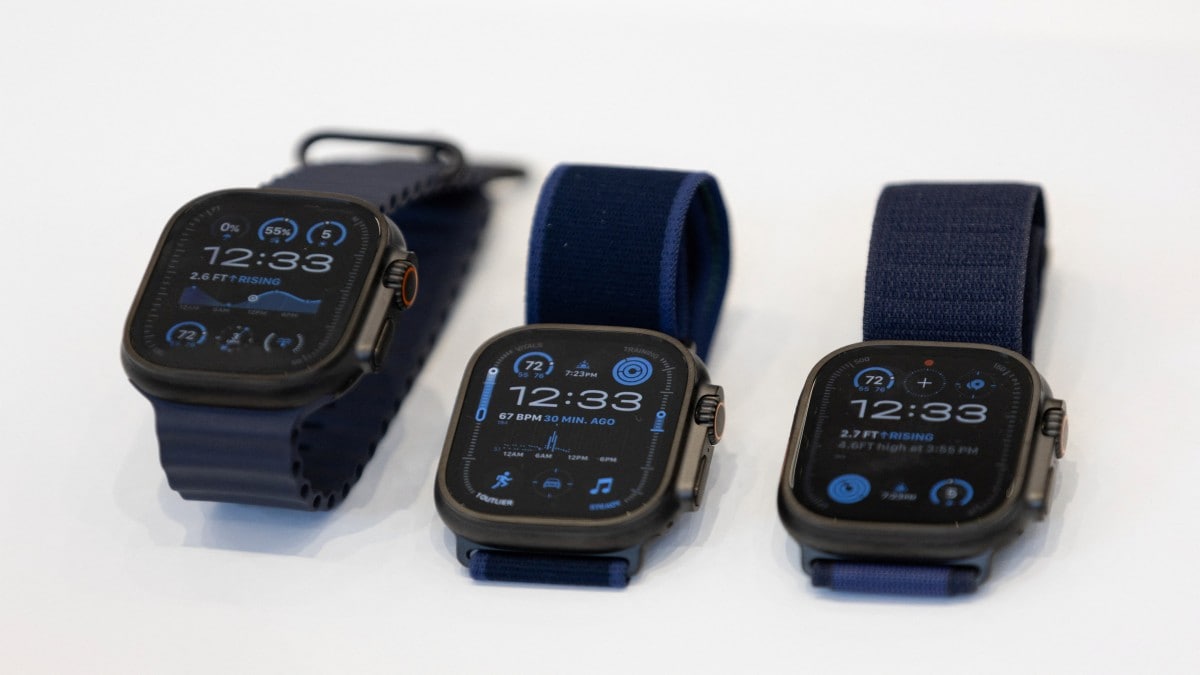

)
)
)
)
)
)
)
 English (US) ·
English (US) ·